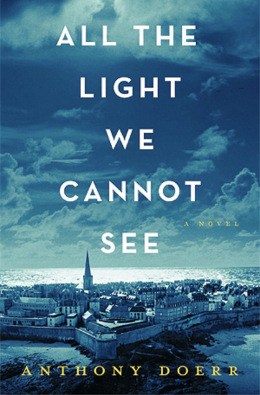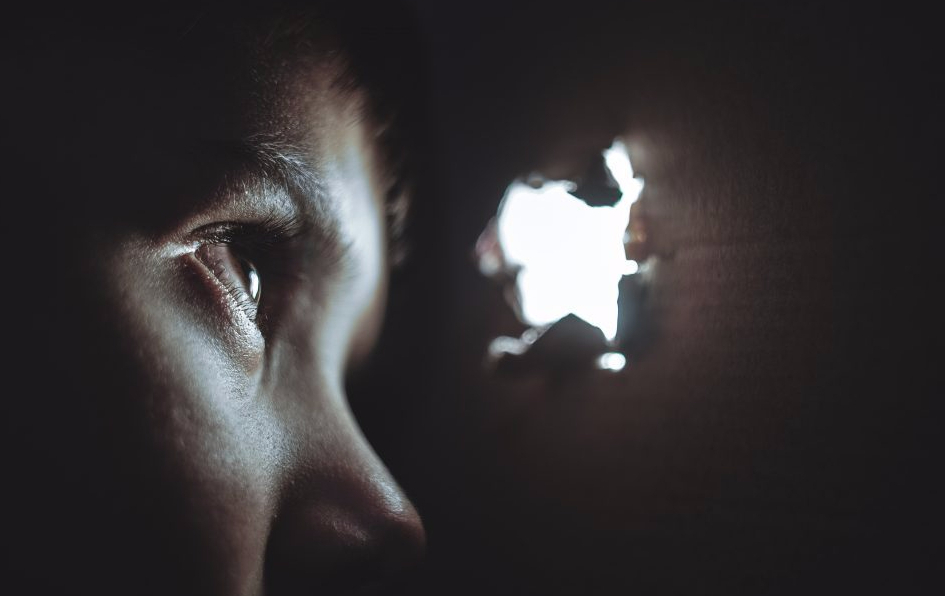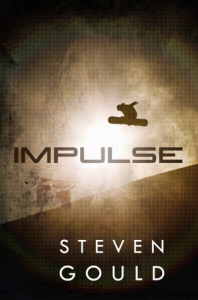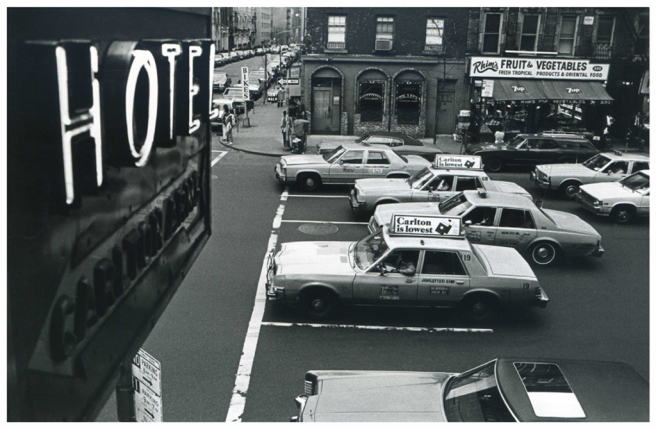
For because a man is alone, he is not for that reason also solitary;
just as though a man is among numbers, he is not therefore not solitary.
– Epictetus
Lately I’ve been in New York, in a virtual sense that is. In real life I was cooped up in The Translator’s Den translating The Lonely City, a book by Olivia Laing that caused her to move from England to New York City. I followed her on her lonely walks through the city, I was there when she sat in a coffeeshop having a coffee on her own or in a borrowed appartment staring at her laptop screen, and I looked over her shoulder while she was gathering materials for her essays on the art of being alone.
For the translation of To the River, her first book, I’d been her follower in a more literal sense – each of us walking the Sussex Ouse Valley Way, myself only part of it, Laing going all the way, meanwhile uncovering the history of the landscape of Virginia Woolf’s ramblings, and of the river she finally drowned herself in.
For the book after that, A Trip to Echo Spring, we went to the USA. Now she hit the trail of drinking writers slash writing drinkers – six celebrated American authors who’d never said no to any drink. Travelling the States from the East to the Southeast to the Northwest, she took a deep look at what these famous guys had written and at what they’d drunk, and she tried to figure out if it had been their drinking that triggered the writing or their writing that triggered the drinking.
And now, in her third book, Laing develops into a true method actor – in The Lonely City loneliness is not just a theme, but it turned out to be a personal and harrowing experience for the author. Exploring ‘the lonely city’ she endows the four artists she discusses most extensively with explicitly specified roles of their own, each role being bound up with the aspect of loneliness that gets most emphasis in their art. So Edward Hopper becomes the voyeur, Andy Warhol the machine, Henry Darger the outsider, and David Wojnarowicz the activist.
The author’s reports of her own loneliness during her stay in New York give her writing a contemporary and perhaps even a fashionable touch – think Twitter addiction, think doubts about gender – and her functional frankness about these things helps her to fit her essays on the AIDS epidemic of the 1980s and 1990s and today’s everpresent social media in with the book’s main theme.
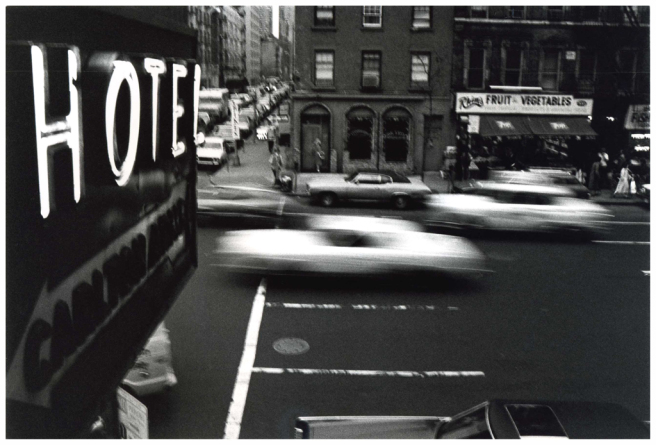
Half a lifetime ago, in the analogous world that today seems ages away, I walked the streets of New York myself, camera in hand. I’ve been in almost all the places Laing discusses in her book. The people she mentions were still around at the time, Warhol, Wojnarowicz, Klaus Nomi, even Greta Garbo. My memories of this trip, and the ‘inside knowledge’ they supply, were useful extras while working on Laing’s book.
I wasn’t lonely at the time, and I wasn’t alone either. And yet even then this song never once left me.
◊◊◊
Olivia Laing, The Lonely City. 2016.
Laing’s other books are To the river (2011) and A Trip to Echo Spring (2014).
Read this post about A Trip and Tennessee Williams, and this one about To the River and Virginia Woolf.
Song: Linsey De Paul, Won’t Somebody Dance With Me. 1973.
Stills: Carlton Arms Hotel, Lower Manhattan, NYC. 1982. Photos © Gertrudsdottir.
Read this post in Dutch here.
